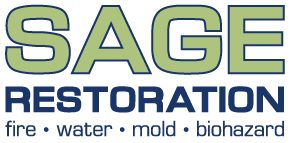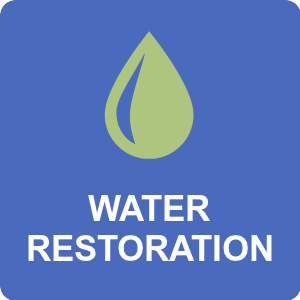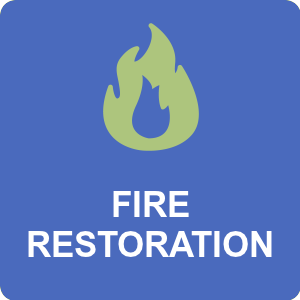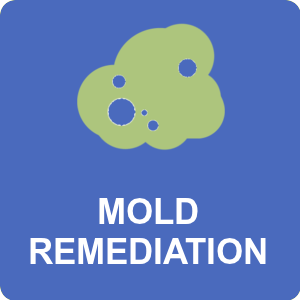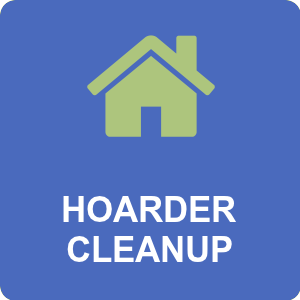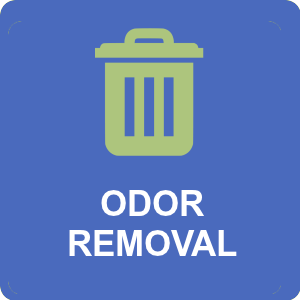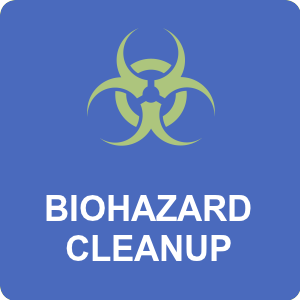With this hot real estate market, some buyers are concluding that building a brand new home is less stressful than finding an existing house. Not only do you get to choose the fit and finishes, you don’t have to deal with decades of other people’s dirt, grime, and lingering mold problems.
However, even new builds face the threat of mold. As building processes improve, builders have access to better building materials. The market has pushed the industry to lower heating costs and reduce “air leakage.” Ironically, these factors can lead to mold growth, even in a new, well built home.
New techniques and cellulose-based modern building materials encourage mold growth in homes. In the race for higher energy efficiency, ventilation suffers. Homes can be too airtight to release moisture that builds up. Then, in contrast to a brick or stone home, modern building materials are more porous and susceptible to mold growth. So when water pipes run inside walls while surrounded by insulation, the moist environment supports mold growth.
Damp lumber is another common cause of mold infestation. If the construction lumber wasn’t thoroughly dry, mold can start growing as soon as you close up the space with sheet rock. So you might have mold even before you live there, but you might not discover the problem for years.
What Is Mold?
Mold is a type of fungus that consists of small organisms found almost everywhere. Found everywhere, it is key to our planet’s health in order to decompose organic matter. For example, as it breaks down fallen trees, massive amounts of material get recycled into new raw materials: soil nutrients, carbon dioxide water.
So the spores float into your home, find a bit of moisture, and begin growing. With the right conditions, it grows on many different types of building materials: wood, ceiling tiles, paint, carpet, drywall, insulation.
Focus on the Fixtures
Many mold problems start in the bathrooms. Perhaps, the workmanship was substandard during construction. Or the fixtures might leak, which leaks to problems with degrading caulk. When that putty-like substance that seals between floors, tubs and tiles breaks down over time, water will be able to seep down below the floor tile to the sub-flooring. You might smell the mold before you see visible signs.
Utilize Your Existing Tools
Maximize your existing ceiling fan to improve air flow. Energy efficient ceiling fans only use a small amount of electricity compared to your A/C. Many ceiling fans have a switch to change the turning direction. In cooler months, it draws cool air up and pushes the warm air down. In the summer, it can be changed to push the cold air down.
Improve your indoor air quality and control mold by changing the HVAC filters monthly. When the filters are dirty, your system can’t operate at its full power. And if mold grows within the ducts, the blower can send even more airborne spores out into your living space.
Risk Of Toxic Mold
While mold is always in the air, certain strains of mold can be dangerous to people and pets. The most worrisome, Stachybotrys, is also known as “black mold”. Along with Aspergillus and Penicillium, these molds produce “mycotoxins” that can cause health problems. Sensitive people can suffer from fatigue, nausea, headaches, respiratory problems and eye irritation.
Reliable Mold Removal in Kansas City
In conclusion, even in a new home, mold can take home. As if in a greenhouse, a well insulated home will hold onto the ambient humidity. When mold spores find an organic food source, like paper, wood or sheetrock, mold can flourish.
The Centers for Disease Control and Prevention (CDC) recommends removing any mold found within a home because of the potential for allergic reactions. Sage Restoration is your local expert in residential mold and mildew removal. When you discover signs of an infestation. After confirming visually or via mold testing, Sage can clean, sanitize, remove odors, deodorize, and completely remediate mold. Count on a methodical and well-planned mold abatement and remediation process for your mold crisis.
